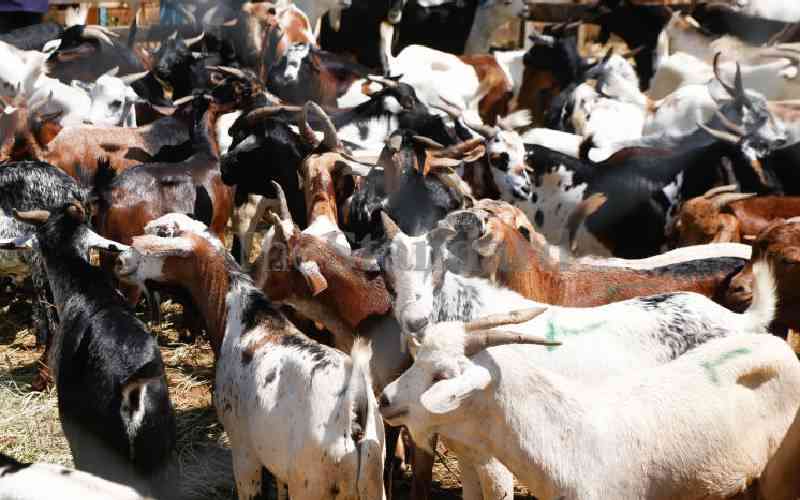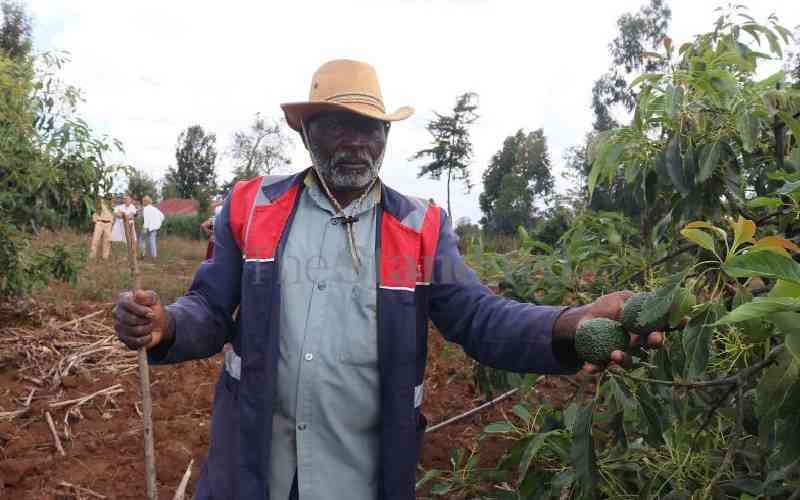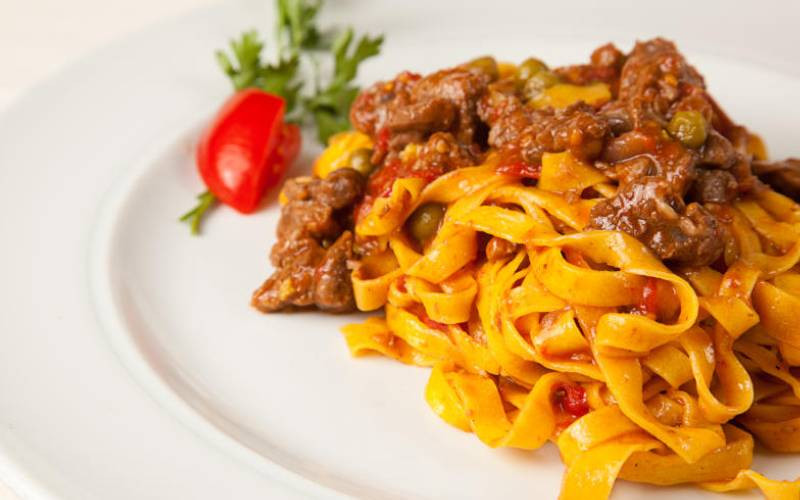
I had a front-row seat to the recently concluded Grevy’s Rally which had nothing to do with vehicles racing in the wild, but was a census for Grevys Zebra, the largest living wild member of the horse family.
This species, totally different from Burchell’s (plains) zebra, boasts Mickey Mouse ears and has fine, narrow stripes that cover the head, body and legs. It has a white underbelly.
Grevy’s Zebra is endangered hence the need for a census.
In early 2000’s, Equid Specialist Group reported that their decline was so fast that extinction within 50 years was probable if the trend continued.
The group was referring to the loss of habitat to human development, and poaching of the zebras for their meat and skin.
It is estimated that 1,800 Grevy’s zebras are in Southern Ethiopia while at least 2,800 Laikipia-Samburu-Isiolo-Marsabit complex down from 13,000 in 1977.
During the census, I was in the heart of Laikipia County, at El Karama ranch, formerly Nyamuluki. It was named El Karama by Paddy Batelle, an Irish soldier who drew his lot for the 8,000 acre parcel of land out of a hat at the end of World War One.
Selling breeding stock is the mainstay of the ranch. The finest Borana and Sahiwal cattle as well as local, Boer and Nubian extraction goats transformed by white Galla Billies from the North were reared here.
El Karama, currently owned by the Grant family, prides itself as one of few breeders of pure Sahiwal cattle in the world. It is presently under the care of third generation Grants.
To augment the ranch’s income, Murray Grant and his wife Sophie set up an ecologically responsible property to cater for guests eager for a taste of the workings of a ranch where wildlife thrive alongside the breeding stock.
The lodge site has a long history and started out as a simple campsite used by the Grant family for friends and visiting clients during the 1970s. It has evolved over the years as Murray designed and built six stone, thatch and tarpaulin “bandas” and a central mess and kitchen area. The project took more than a year to complete, and all the building materials, including black river stones and reclaimed wood, were sourced from the ranch.
The interior decor is Sophie’s handiwork and incorporates some of the family’s art — Murray’s sculptures and his mother’s, Lavinia Grant’s splendid paintings.
The lodge is 42 kilometres from Nanyuki town, past the British army base, in the expansive wild.
Stay informed. Subscribe to our newsletter
During my stay, I got acquainted with some members of staff who were part of the team of forty men and women who built the lodge.
They all, remarkably, have some experience on the workings of the ranch before their lateral move to its tourism arm.
Young Robinson, for instance, fresh from school came to visit his family a few years back, loved the ranch, stayed on as a security officer, and is now training on lodge operations.
I had a swell time with Lovii, the guest relations manager, night guard and tracker extraordinaire Adan who ensured the lions and hyenas stayed a safe distance from my dreams and chef Alfason who ensured that my meals were always hot and sumptuous.
I was honoured to be in the care of Joseph who doubles up as headman and guide. I learnt a great deal while on game drives and during visits to the cattle boma.
El Karama’s motto is minimal impact on environment and maximum impact positively on the animals and people.
So, apart from exclusive use of solar power and ingenious methods of water harvesting, it is the first private ranch in Lailkipia to get into a community grazing agreement with the Northern Rangelands Trust’s destocking project to manage their grasslands.
During my visit, 800 head of cattle from the north were fattening up at a nominal grazing fee.
The six-cottage lodge also boasts a few firsts. It hosts a chemical-free swimming pool.
This means that birds can drink and bath in its waters. I did not. Drinking water is harvested during the rainy season and boiled and filtered.
The lodge’s owners have passionately developed activities aimed directly at children between four and 12 years to introduce them to bush life and to encourage learning and creativity.
Babies are also welcome here — the owners also have a baby — and children are encouraged to share toys and play areas.
Unfortunately, credit cards are not accepted at El Karama.
In case you are wondering, the results of the Grevy’s Zebra census will be released in April 2016.
 The Standard Group Plc is a
multi-media organization with investments in media platforms spanning newspaper
print operations, television, radio broadcasting, digital and online services. The
Standard Group is recognized as a leading multi-media house in Kenya with a key
influence in matters of national and international interest.
The Standard Group Plc is a
multi-media organization with investments in media platforms spanning newspaper
print operations, television, radio broadcasting, digital and online services. The
Standard Group is recognized as a leading multi-media house in Kenya with a key
influence in matters of national and international interest.
 The Standard Group Plc is a
multi-media organization with investments in media platforms spanning newspaper
print operations, television, radio broadcasting, digital and online services. The
Standard Group is recognized as a leading multi-media house in Kenya with a key
influence in matters of national and international interest.
The Standard Group Plc is a
multi-media organization with investments in media platforms spanning newspaper
print operations, television, radio broadcasting, digital and online services. The
Standard Group is recognized as a leading multi-media house in Kenya with a key
influence in matters of national and international interest.









